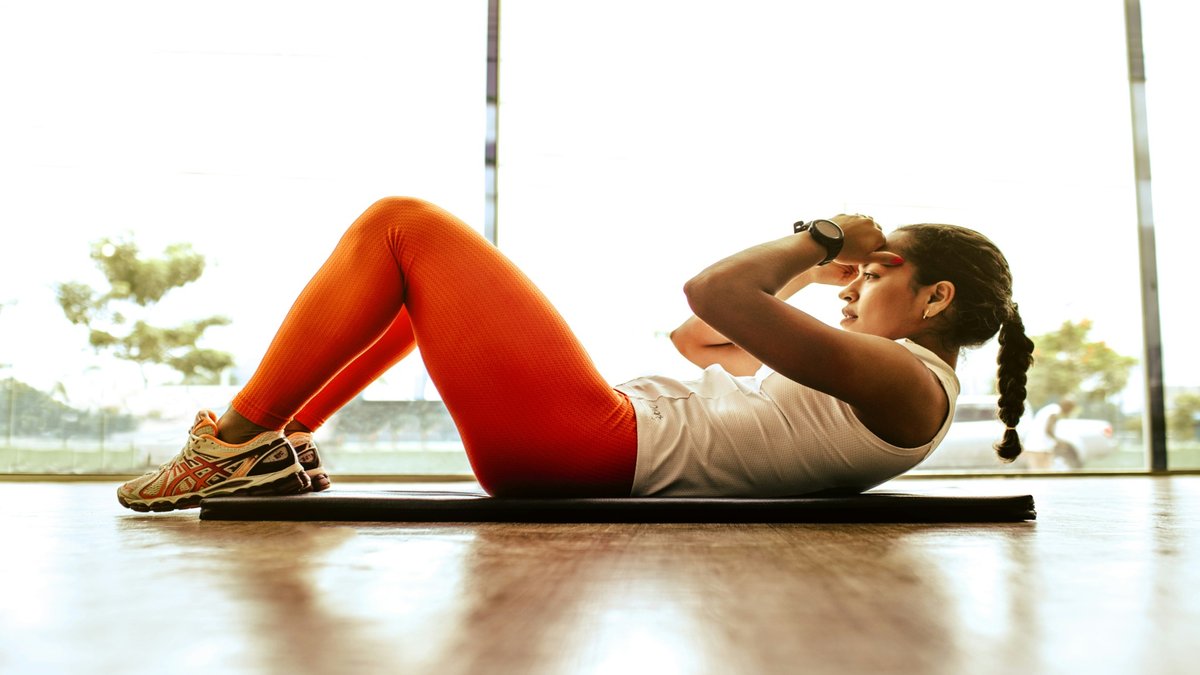
Have you been pushing hard in your workouts but still feel stuck? You’re not alone. Many beginners start their fitness journey thinking that more sweat, more reps, and longer workouts equal better results. But that approach often leads to burnout, frustration, or injury.
The real secret? Train smarter—not harder.
As a personal trainer, I’ve helped countless clients improve their performance, mindset, and results by shifting focus away from “doing more” and toward “doing better.” This guide will walk you through the essential steps to train smarter, stay consistent, and get stronger—safely and sustainably.
What Does It Mean to Train Smarter?
Training smarter means understanding your body, respecting recovery, and executing the fundamentals well. It’s not about doing the most—it’s about doing what matters.
Smart training is:
- Focused on quality over quantity
- Built around recovery and sustainability
- Adapted to your lifestyle, schedule, and energy
- Grounded in proper movement patterns
- Informed by your breath, posture, and nervous system
When you make smarter decisions with your training, you unlock long-term results and avoid the common mistakes that hold people back.
1. Learn the Basics—and Master Them
Before you worry about intensity or complex routines, build your foundation.
I teach every beginner the five core movement patterns:
- Squat – Develops total-body coordination and leg strength
- Hinge – Protects your lower back and strengthens glutes and hamstrings
- Push – Improves upper-body pressing power (e.g., pushups, overhead presses)
- Pull – Builds balanced back strength and shoulder control (e.g., rows)
- Core/Carry – Enhances stability, posture, and resilience
As a personal trainer, I guide clients through these fundamentals using progressive overload and proper form—because real strength starts with strong movement, not big numbers.
2. Harness the Power of Your Breath
Breathing might seem automatic, but how you breathe during training affects everything—core engagement, stress, posture, and performance.
Try this:
- Silent Inhale: Inhale gently through your nose. Let your ribs expand outward (not up), keeping shoulders relaxed.
- Patient, Passive Exhale: Exhale slowly through your mouth, feeling your ribcage compress. Pause before your next inhale.
This calms the nervous system, enhances movement quality, and prepares your body for focused, efficient training.
3. Train Movement Patterns, Not Just Muscles
Avoid the “bro split” (chest day, arm day, etc.) and instead build your training around movement.
Why? Because your body moves as a whole system—not in isolated parts.
Combine:
- Push + Pull exercises
- Squats or hinges with core movements
- Functional patterns with bodyweight or light resistance
This builds real-world strength, joint integrity, and total-body balance—without the need for long, complicated workouts.
4. Prioritize Recovery Like a Pro
Training breaks your body down. Recovery is where the progress happens.
As a trainer, I coach clients to value sleep, movement quality, and rest days just as much as lifting.
Recovery tips:
- 7–9 hours of sleep per night
- 1–2 full rest days weekly
- Post-workout breathing to reset your nervous system
- Stretching, walking, and mobility work between sessions
- Proper hydration and balanced nutrition
When recovery is a part of your training, you come back stronger—mentally and physically.
5. Track Your Progress (Without Obsession)
You don’t need a fitness tracker to stay on track. Just write things down.
Track:
- Sets, reps, and weights
- Energy level (1–10 scale)
- Sleep and recovery quality
- Weekly goals or focus areas
This helps you reflect, adjust, and build momentum over time.
6. Stay Consistent—Not Perfect
One of the most common mistakes beginners make is expecting perfection. But real progress comes from showing up regularly, not from flawless execution.
If you miss a workout, eat off-plan, or feel low energy—it’s okay. Don’t quit. Smart training accepts that life happens and prioritizes sustainable routines over intensity spikes.
Working with a personal trainer gives you support, structure, and accountability—so you can stay consistent, even on off days.
7. Warm Up With Purpose
A 5-minute treadmill jog isn’t enough. You need to activate your muscles and nervous system before lifting or high-output movement.
Smart warm-up includes:
- 2–3 minutes of focused breathing
- Joint prep (shoulders, hips, ankles)
- Activation drills (glute bridges, wall slides, band pulls)
Warming up correctly prevents injury, improves range of motion, and primes you for better performance.
8. Don’t Skip Mobility
If you can’t move well, you can’t train well. Mobility is more than stretching—it’s about owning your movement.
As a personal trainer, I build mobility into each session to address tight hips, poor ankle mobility, or shoulder stiffness—issues that quietly sabotage your progress.
Try this:
- Deep squat hold + breathing (2–3 mins)
- 90/90 hip switches
- Thoracic spine extensions over foam roller
You’ll feel better and lift better when your body moves freely.
9. Set Clear, Measurable Goals
Goals like “get fit” or “lose weight” are vague. Here’s how to define a smart goal:
- Specific: “Do 10 pushups unbroken”
- Measurable: Track each week’s rep count
- Achievable: Choose something within 4–8 weeks
- Relevant: Align it with your lifestyle
- Time-bound: “By May 1st”
Break bigger goals into milestones. And when you hit one—celebrate it.
10. Hire a Personal Trainer to Fast-Track Your Success
Training alone works for some—but guidance accelerates your results.
A personal trainer provides:
- Personalized workout design
- Movement assessments and technique feedback
- Adaptability for your schedule, energy, and lifestyle
- Support, accountability, and encouragement
Even one session a week can change the way you move, breathe, and feel in the gym.
🔗 Book your first consultation
FAQs
How many times per week should I work out as a beginner?
2–3 strength sessions, plus 1–2 days of light movement or recovery is ideal.
Is personal training just for advanced athletes?
Not at all. Beginners benefit the most—it helps prevent bad habits, injuries, and wasted effort.
Can I get results from short workouts?
Yes. With the right structure, 30–45 minutes is more than enough.
What if I have past injuries?
A qualified trainer will modify your plan around any limitations to keep you safe and progressing.
How do I stay motivated to work out consistently?
Motivation often fades, but habits create results. The key is to start small, stay consistent, and track progress. Set realistic weekly goals and schedule your workouts like appointments. Working with a personal trainer or joining a community can also boost accountability and keep you inspired when energy dips.
What’s the difference between training and just “working out”?
Working out is random effort—training is structured progress. When you train, you follow a plan tailored to your goals, recovery, and current fitness level. A training approach includes progression, rest, and performance markers. That’s the difference between spinning your wheels and making measurable gains.
How can a personal trainer help with injury prevention?
Many injuries come from poor movement patterns, muscle imbalances, or doing too much too soon. A qualified personal trainer identifies risks before they become problems, corrects your form in real-time, and modifies exercises to suit your body. This proactive coaching helps you build strength safely and sustainably.
Final Thoughts
If your fitness journey has felt frustrating, inconsistent, or overwhelming—it’s not your fault. The solution isn’t working harder. It’s working smarter.
Training smarter means building a routine that works for you:
✅ Built around movement quality
✅ Focused on breath and awareness
✅ Balanced with recovery and mobility
✅ Consistent and sustainable
As a personal trainer, I’m here to help you move better, train smarter, and live stronger.
Let’s build your customized training plan today →
👉 Contact me here









